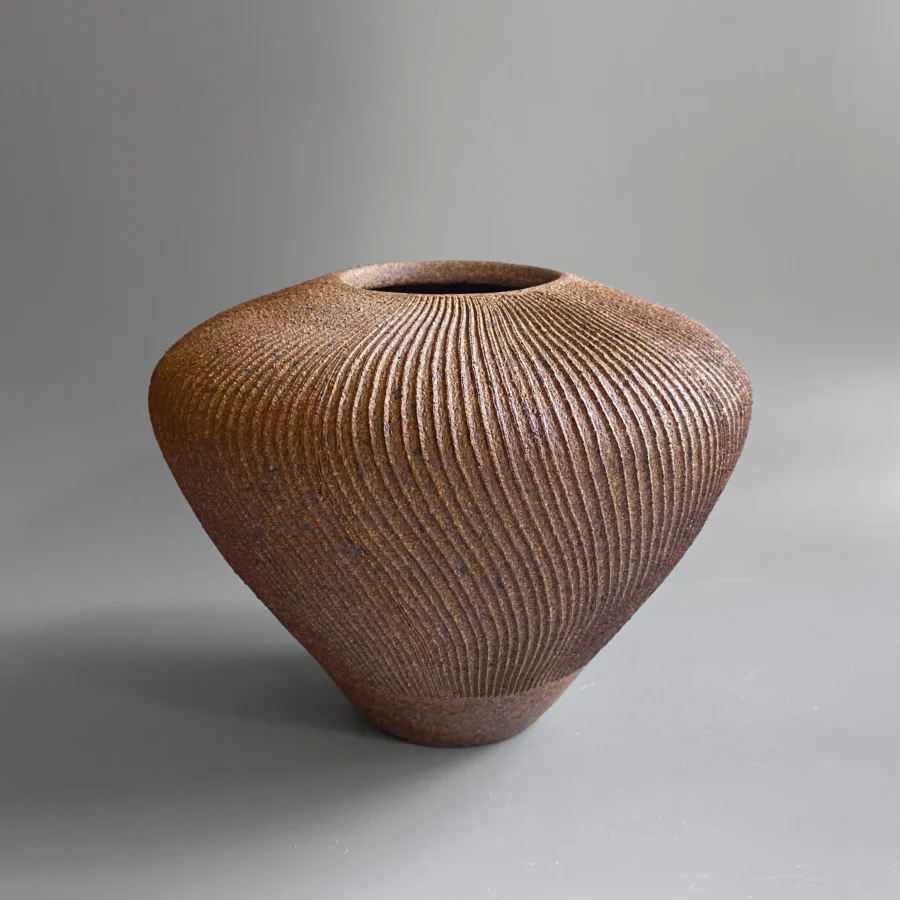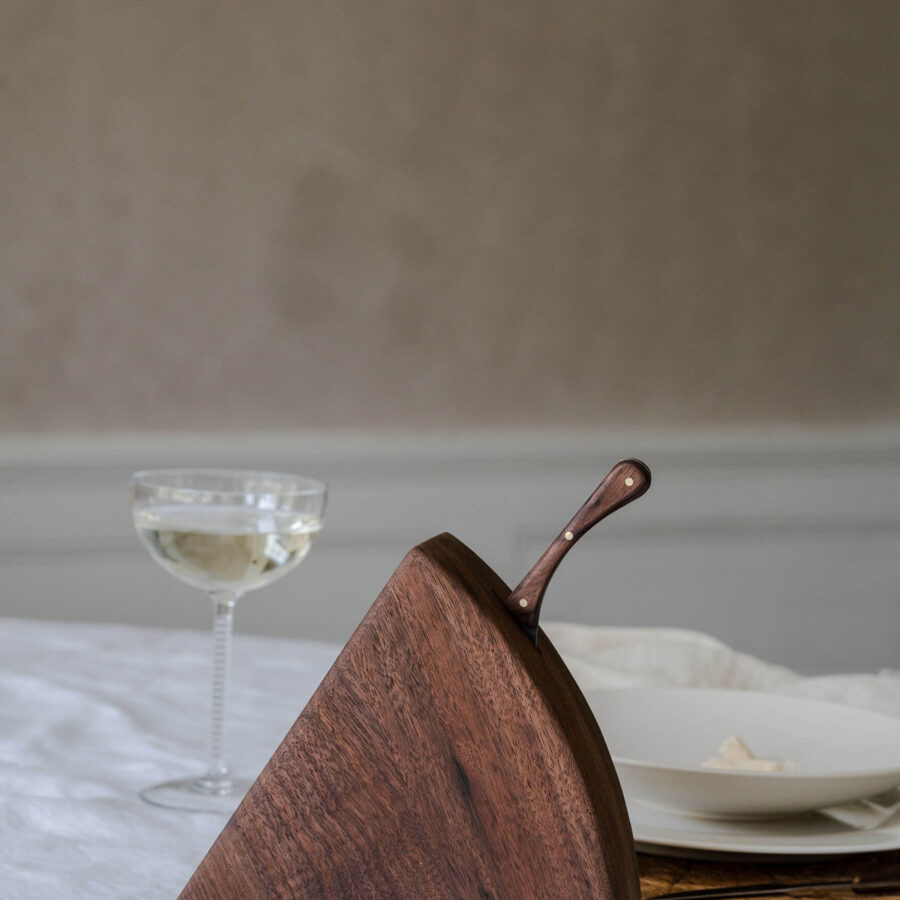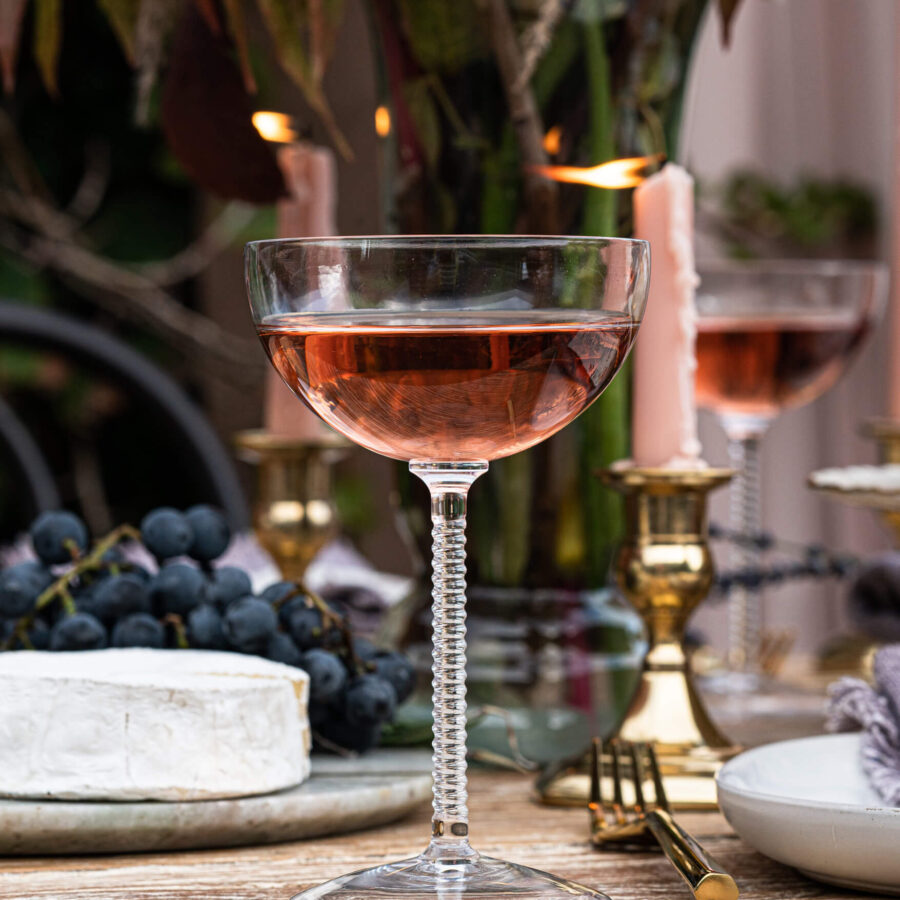
In the midst of holiday planning, a charcuterie board can be the perfect addition because not only does it not require cooking, but it also provides a strikingly visual design. As they say, we eat with our eyes. So, here are the seven tips for achieving the perfect charcuterie board.
If you want to see the making in action, head over to @endlesslyelated and watch the IGTV with Kathleen & Amanda from @baguette_and_butter.

No°1 Choosing a Platter
Choose a tray, plate, or platter that is flat or has a large surface area. Look for platters that are neutral in color or tone to allow the food to stand out. Try using slate, wood, marble, or metal platters. If you use a platter that is too colorful your platter will become very busy and it will be more difficult for guests to see the variety of cheeses, charcuterie, and accompaniments that you have arranged. You will also want to have small bowls or ramekins on hand to house pickles, preserves, honey, jams, or mustards. Bonus points if you also have little spoons and cheese knives.
No°2 Start with the Cheese
Three options are often best to have a good variety of cheeses on your board. When curating cheese it is best to start with a variety of textures and base flavor profiles for all palettes. Choose cheese by its texture. Select a soft, semi-soft, and hard cheese. When selecting flavor profiles look for neutral, sharp, and earthy cheeses to create a variety and balance.
- Soft cheeses: brie, feta, camembert, chèvre, Roquefort
- Semi-soft cheeses: gorgonzola, Havarti, taleggio, fontina, port salut, young cheddars
- Hard cheeses: gouda, pecorino Romano manchego, aged cheddar, gruyere, Comte, Jarlsberg
No °3 Select the Charcuterie
Just like the cheese selection, you want to select a variety of textures and flavors like prosciutto, spicy salami, and a pate. Make sure to have your deli slice them as thin as possible without them losing their shape. For salami and harder charcuterie, it is best to slice them about 1/8 inch in thickness.
- Prosciutto, capocollo, speck, soppressata, jamon iberico
- Salami, summer sausage, chorizo
- Rillette, pate, ‘nduja
No °4 Select Seasonal Produce
For a winter board add fresh endives petals, persimmons, pomegranates, or citrus. It is not best to use fruits like apples or pears as they will oxidize and turn brown. Select the best looking and ripest produce you can find.
- Spring: strawberries, peas
- Summer: peaches, blackberries, currants, French beans, cherry tomatoes
- Fall: raspberries, figs, cauliflower
- Winter: carrots, citrus, persimmons, radicchio, turnips
No °5 Selections From the Little Larder
Curate a balanced selection of preserved goods. It is always best to have something pickled, something sweet, and something mustardy. The addition of dried fruits and nuts is always a good idea as well for a balanced variety in texture.
- Nuts: salted Marcona almonds, pistachios, cashews
- Dried Fruit: apricots, cherries, figs, apples
- Honey or honeycomb
- Pickles: cornichons, pickled crudités, pickled caper berries
- Preserves: marmalade, strawberry preserves, plum jelly, membrillo (quince paste)
No °6 Select Your Sides
Sometimes the addition of dips is great alongside a board. Also, consider which selection of pieces of bread or crackers you would like to use. For bread, always warm it slightly before serving it in the oven. You can display these in a bowl or basket lined with linen next to your board. It is often better to not place bread or crackers on your board to keep them from getting soggy.
- Fresh baguette, rye bread, pita, crackers
- Dips: White bean dip, baba ghanoush, hummus
No °7 Garnishes
Garnishing your board is much like arranging a bouquet of flowers. It is best to keep things simple and always use items that are edible. Consider using fresh fruits like citrus or pomegranates, fresh herbs or mint, or fowers.
- Herbs: rosemary, thyme, parsley, mint, tarragon
- Fruits: citrus, pomegranates, grapes
- Flowers: marigolds, nasturtiums, pansy
No °8 Putting the Board Together.
First place any bowls or ramekins where you will house your mustards or preserves. Next, roughly cube your cheese or slice them and place them on the platter. It is often best, to begin with, a triangle shape. Then, fold the charcuterie next to each of its cheese pairings. Add preserves, pickles, and produce. Make sure to arrange them with color and texture in mind to create a striking visual balance. Garnish with sprigs of herbs, fruits, and or flowers around the edges or in sparse spaces. Lastly, fill bowls with mustards and preserves.
Make your charcuterie board part of – Your Story of Home
Written + Recipe Development by Amanda McLemore from Baguette & Butter.


 Back
Back









